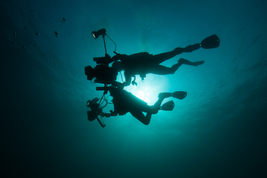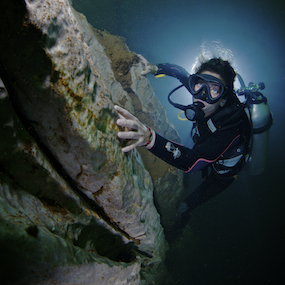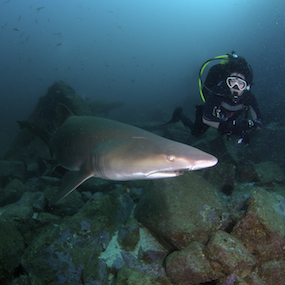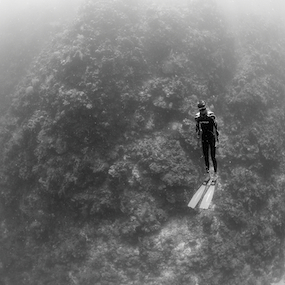Color Temperature and White Balance
While color temperature is a term borrowed from physics and actually does have to do with heat, we are going to not focus on that and refer you to Wikipedia if you want the geeky, technical, scientific definition of color temperature beyond its applications to photography.
As it relates to photography, in layman’s terms, color temperature relates to the color cast of different light sources. Surely you have noticed the different color casts of the sun at different times of day, based on the angle and intensity of the sun. Or maybe you have noticed that different light sources give off distinct color casts. For example, a fluorescent light has a blue to green color cast while tungsten lighting produces a warm yellow-orange color cast. Well then you already understand the basics of color temperature.

These differences in color cast are measured in degrees Kelvin and expressed as a color temperature.
To put it in further perspective, here is a scale of approximate color temperatures for average lighting situations.
|
Temperature |
Light Sources |
| 1,000 K | Candles; oil lamps |
| 2,000 K | Very early sunrise; low effect tungsten lamps |
| 2,500 K | Household light bulbs |
| 3,000 K | Studio lights, photo floods |
| 4,000 K | Clear flashbulbs |
| 4,300 K | Subtronic, Seacam Strobes |
| 4,800 K | Ikelite Strobes |
| 5,000 K | Typical daylight; electronic flash |
| 5,400 K | SEA & SEA Strobes |
| 5,500 K | The sun at noon, INON strobes |
| 6,000 K | Bright sunshine with clear sky |
| 7,000 K | Slightly overcast sky |
| 8,000 K | Hazy sky |
| 9,000 K | Open shade on clear day |
| 10,000 K | Heavily overcast sky |
| 11,000 K | Sunless blue skies |
| 12,000+ K | Open shade on a clear day |
Contrary to what intuitively seems like a "hot" or "cold" color, higher color temperatures (5000 K or more) are considered "cool" (skew green–blue), and lower color temperatures (400k – 5000k K) are considered "warm" (skew yellow–red). It follows the colors of the rainbow, ROYGBIV. So red is a warm color while blue is a cool temperature. Got it – simple, right?
As with many aspects of photography, color temperature is very subjective. It is also an element that can be adjusted in post processing. Different strobe brands will skew slightly warmer or cooler than one another, and which you select is totally up to you, there is no universal right color temperature.
White Balance
It’s impossible to talk about color temperature without talking about white balance. There are two schools of thought regarding white balance and underwater photography.
If you shoot RAW (or even if you shoot in JPEG), you can always adjust an image’s white balance in Photoshop or other image editing software. This is the main argument for using Auto White Balance underwater, and our recommendation. There are significant differences between JPEG’s and RAW files, and the JPEG already has had some white balance and other adjustments automatically applied by your camera. It is a total fallacy that you cannot adjust white balance on JPEG’s. You can adjust the color balance of any file type.
Note: If shooting in ambient light, you are definitely going to use a custom white balance if your camera has this function, which would be the case for all DSLR’s and many compact cameras. For compact cameras without a custom white balance function, you can experiment with the white balance presets, which sometimes include an underwater mode (see Shooting In Ambient Light).
RELATED CONTENT
Featured Photographer






 Antarctica
Antarctica




